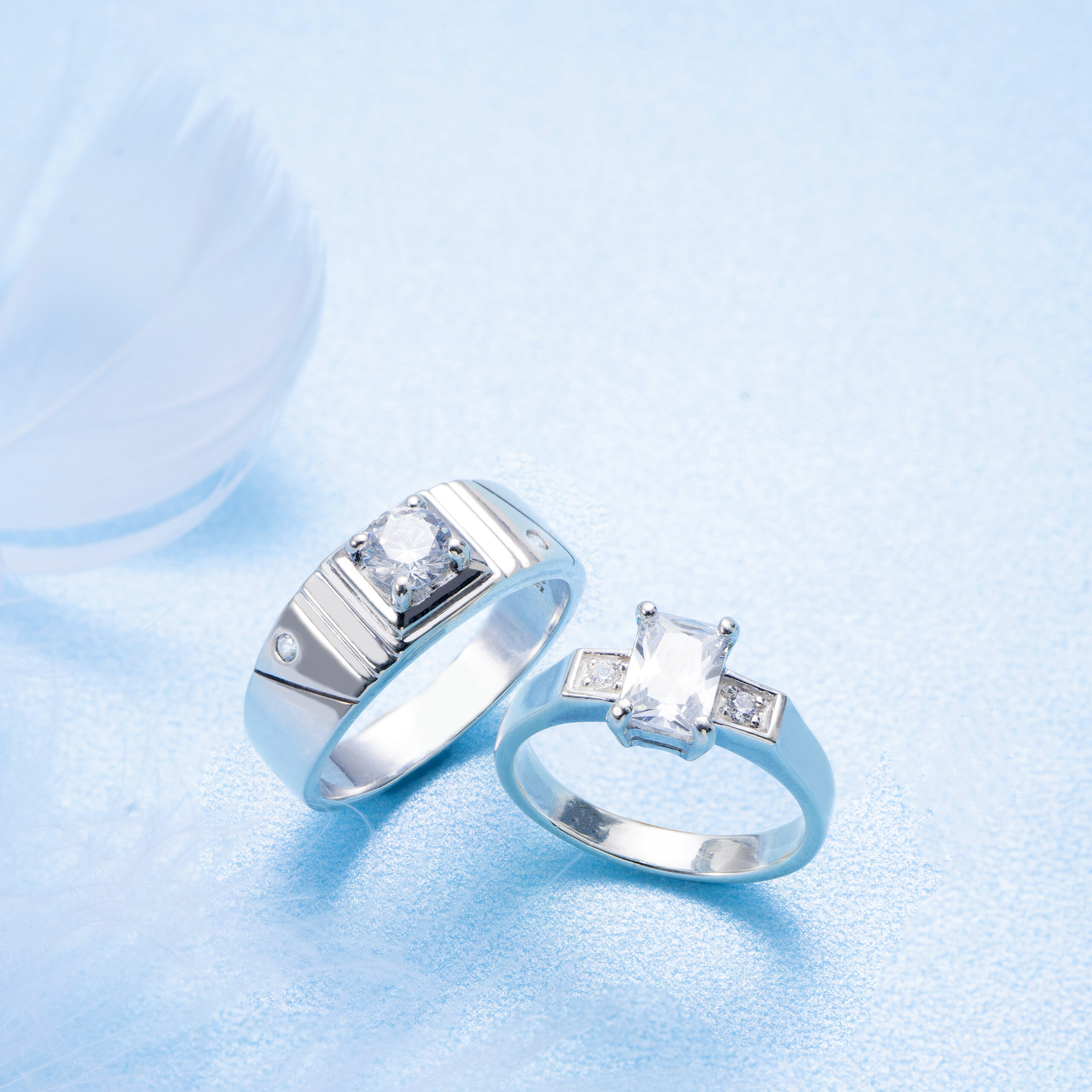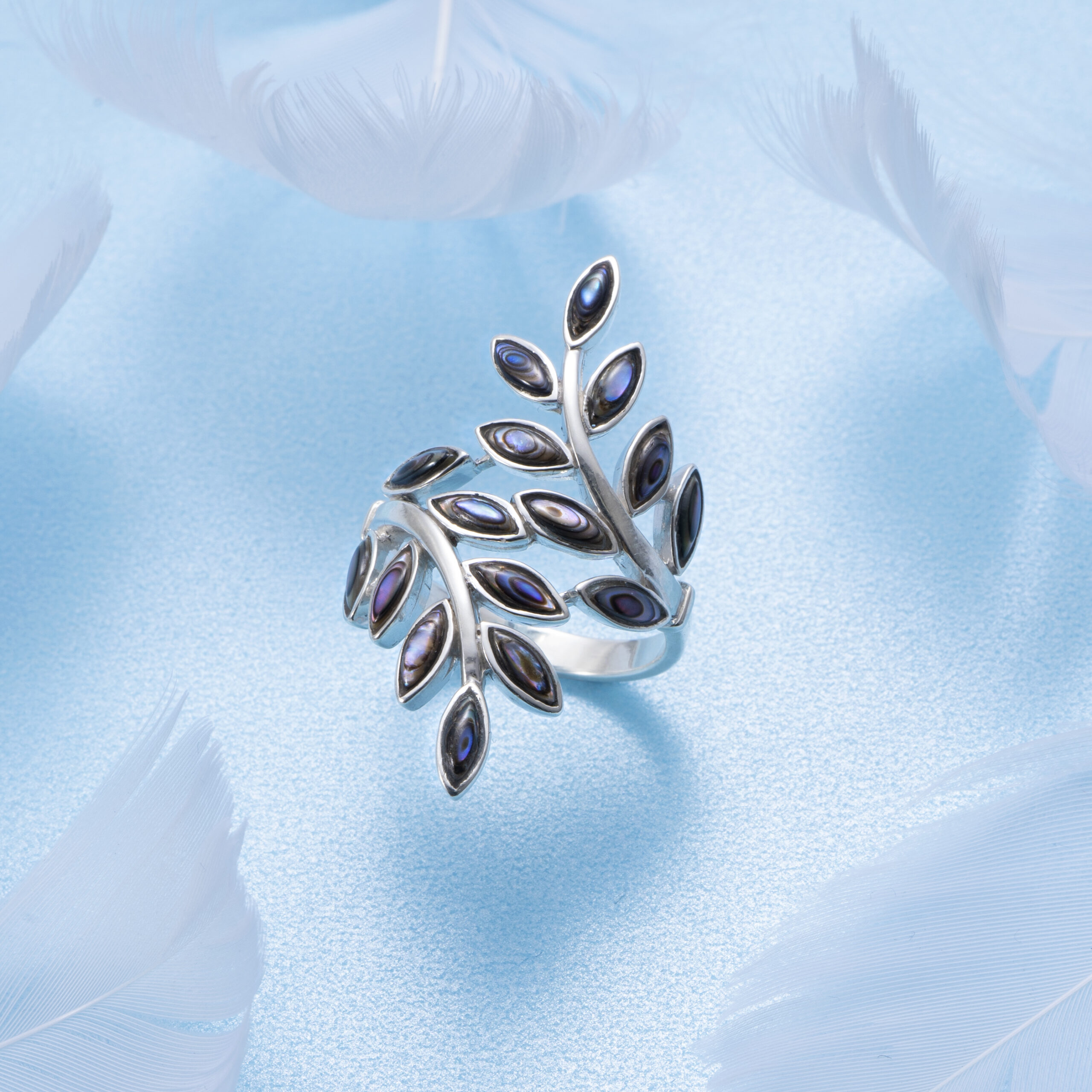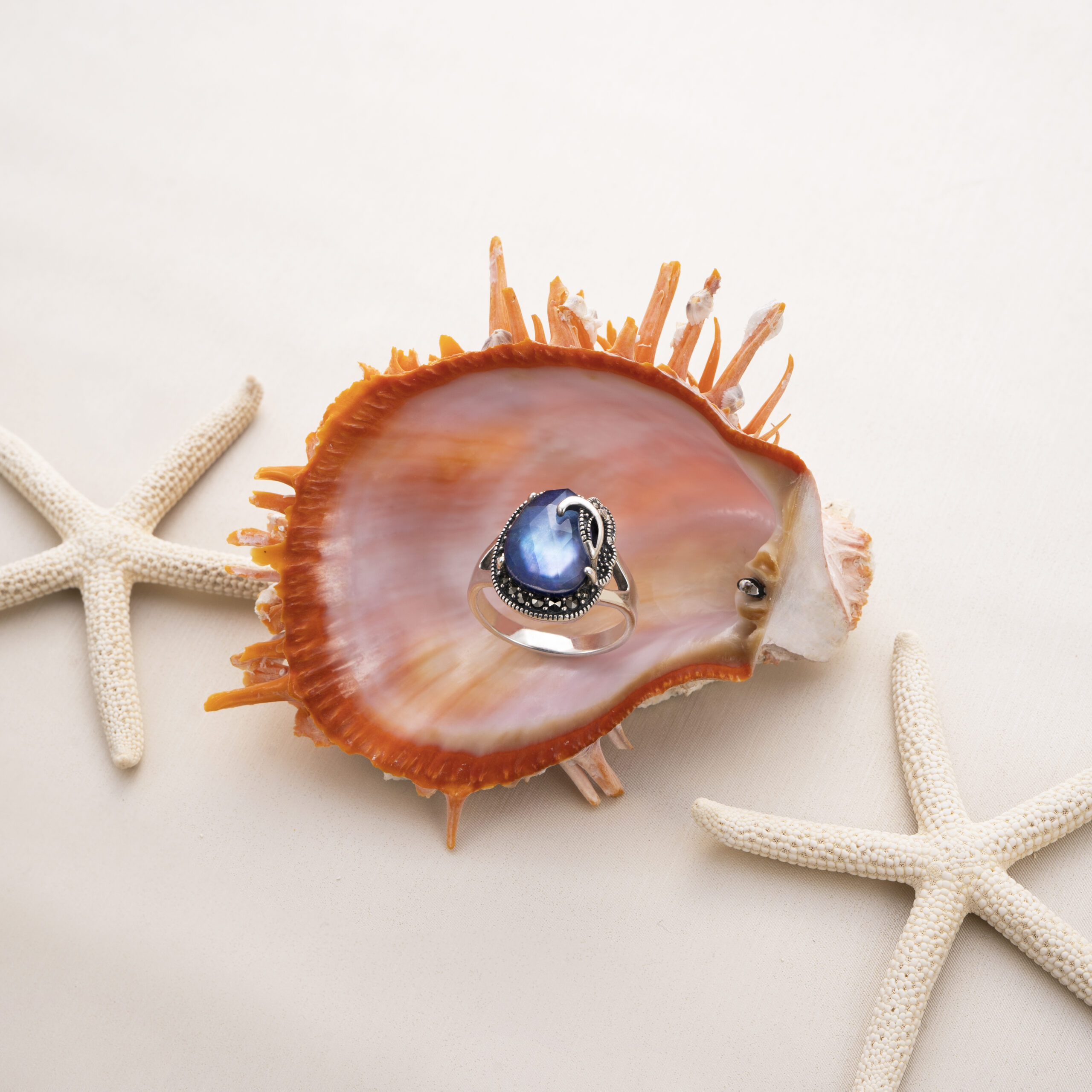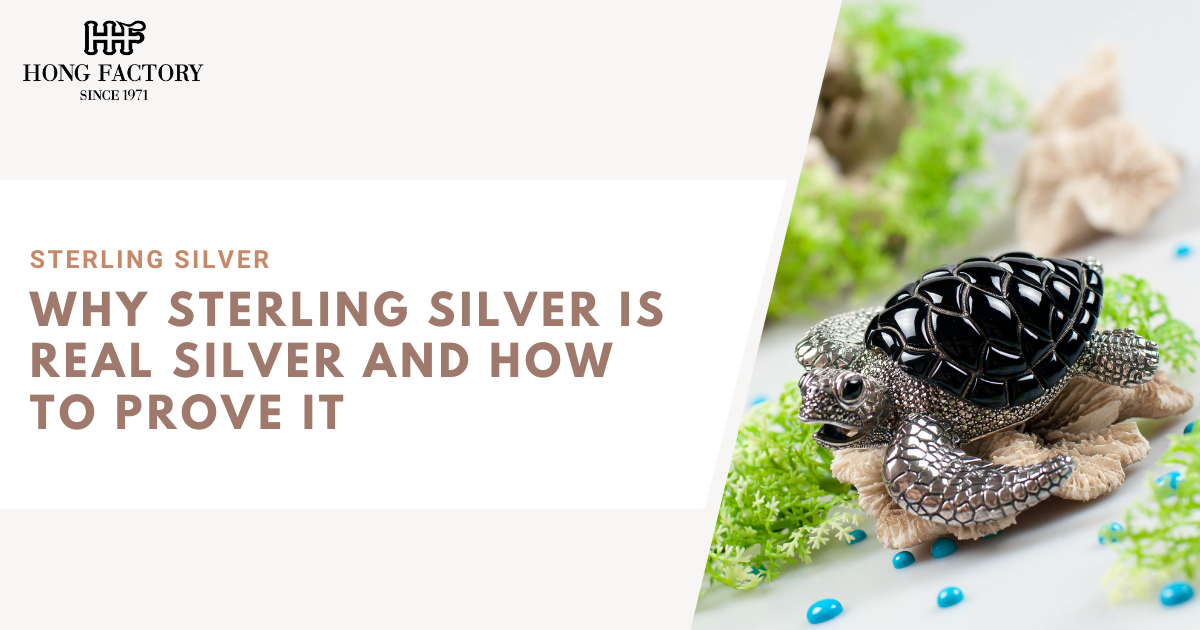
Sterling silver is often praised for its beauty and affordability, but many shoppers still wonder whether it’s “real silver.” The answer is yes sterling silver is real silver, just in a form that is better suited for durability and daily use. Understanding what makes sterling silver authentic and how to verify it can help consumers make informed, confident purchases.
What Is Sterling Silver?
Sterling silver is a silver alloy made up of 92.5% pure silver and 7.5% other metals, usually copper. Pure silver, or fine silver, is too soft for most functional or wearable items. Adding a small percentage of other metals increases its strength without sacrificing much of its natural beauty. This composition is what gives sterling silver its durability while maintaining its brilliant shine.
Why Sterling Silver Is Considered Real Silver
Some may assume that “real” silver must be 100% pure. However, in the jewelry world, sterling silver is widely accepted as genuine silver. The 92.5% silver content qualifies it as a precious metal, and it meets international standards for what is legally defined as silver in most countries.
The key benefit of sterling silver over pure silver is its practicality. It resists bending, scratching, and damage better than pure silver, making it ideal for rings, bracelets, necklaces, and earrings that are worn regularly.

How to Identify Authentic Sterling Silver
If you’re buying sterling silver jewelry or accessories, it’s important to confirm authenticity. Here are some proven ways to verify real sterling silver:
1. Look for the “925” Mark
Most authentic sterling silver pieces are stamped with the number “925,” which refers to the metal’s silver content. This hallmark may also appear as “.925” or simply “Sterling.” It’s usually found on the clasp, inner band, or underside of the jewelry.
2. Magnet Test
Silver is not magnetic. If your item is attracted to a magnet, it likely contains a high percentage of other metals and is not sterling silver.
3. Tarnish Test
Sterling silver will tarnish over time due to exposure to air and moisture. If your piece never tarnishes or always looks shiny, it might be silver-plated or a different metal altogether.
4. Weight and Sound
Sterling silver has a noticeably solid feel compared to plated pieces. It also emits a distinct, high-pitched ring when tapped with a metal object.
5. Professional Testing
For high-value items, consider having the piece tested by a jeweler. Methods include acid testing or X-ray fluorescence (XRF), both of which can confirm the silver content with high accuracy.

Why It Matters
Knowing that your sterling silver is real matters for several reasons:
- Value: Real sterling silver holds resale value and is a worthwhile investment.
- Durability: It lasts for years, especially with proper care.
- Hypoallergenic Qualities: Most sterling silver (especially nickel-free) is safe for sensitive skin.
- Aesthetic Appeal: Real sterling silver offers a luster that plated alternatives can’t replicate.
Sterling silver is not only real silver it’s the practical form of silver that makes fine jewelry both beautiful and wearable. By checking for authenticity markers like the 925 stamp and understanding the metal’s properties, you can ensure that your silver piece is genuine, durable, and worth every penny. Whether you’re buying a new accessory or evaluating a family heirloom, knowing how to prove the silver’s authenticity is essential for every jewelry lover.
